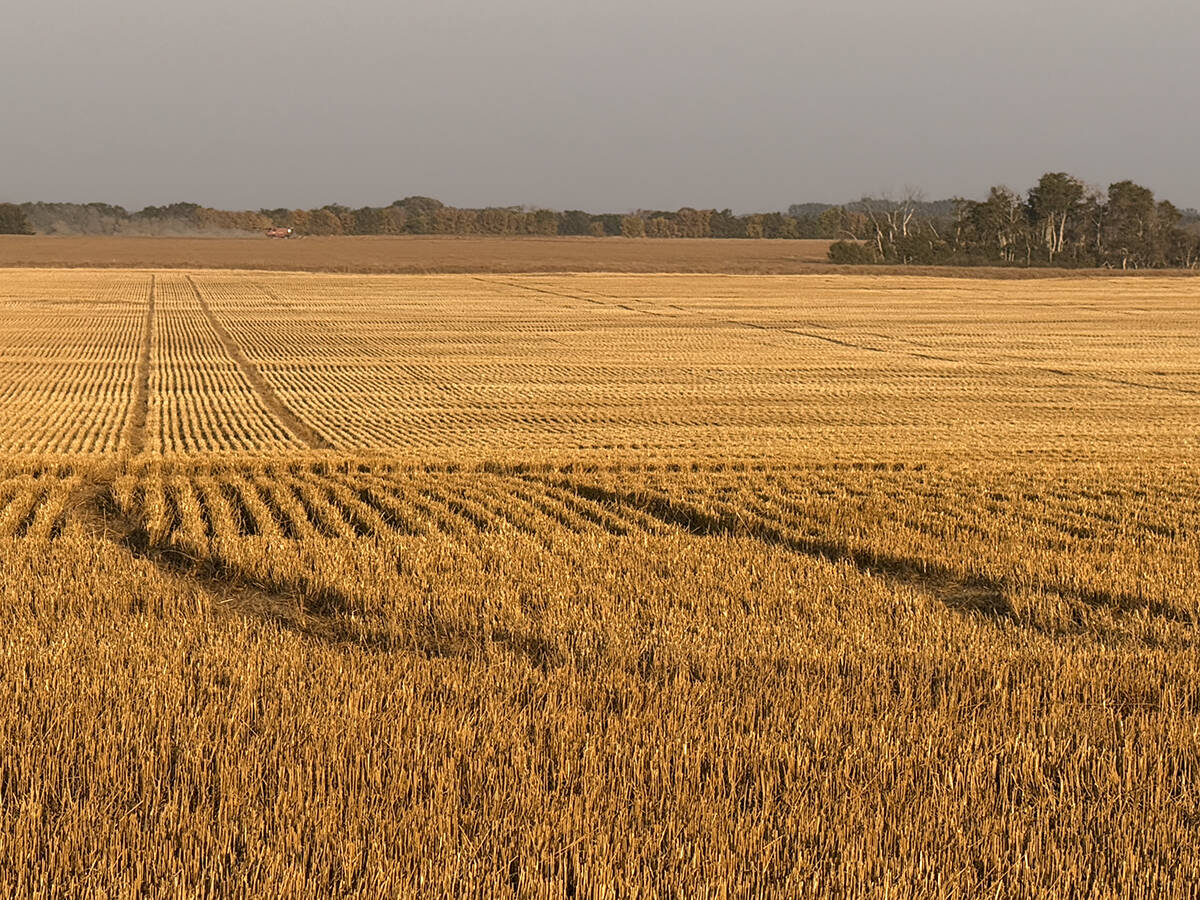MONTREAL – Canadian beef exporters are predicting 1997 will bring a 200 percent increase in off-shore sales.
“Current forecasts estimate that exports to Asia will increase from 18,000 tonnes in 1996 to 55,000 tonnes in 1997,” Jim Graham, president of the Canada Beef Export Federation, told the federation’s Feb. 4 annual meeting.
It would mean an increase in the value of exports from $100 million last year to $300 million this year and find an off-shore home for the equivalent of production from more than 9,000 ranches.
“We are winning in Asia,” said the Brooks, Alta. rancher.
Read Also

Final crop reports show strong yields, quality
Crops yielded above average across the Prairies this year, and quality is generally average to above-average.
Yet the same meeting heard little of that short-term optimism from beef sales and promotion staff on the ground in target Asian markets.
Federation staff from Japan, Hong Kong, Singapore, South Korea and Taiwan were flown to the meeting to offer advice and predictions. All were optimistic that Canadian sales in their markets will increase over the next three years.
None were talking about a 200 percent increase this year.
Yasuo Ono, federation director in Japan, said last year was difficult as the Japanese economy staggered and consumers were worried about mad cow disease and other contamination.
He predicted another difficult year for the Japanese economy, and therefore for consumer demand for imported products.
Like other Asian representatives, he told the meeting of ranchers and exporters that Canadian product does not always have the best reputation with Japanese buyers.
“It is unfortunate that Canadian fresh chilled beef is still unable, on a general basis, to secure the full confidence of Japanese clients,” he said in his report to the group. “Clients remain unconvinced of Canada’s packaging quality and temperature and sanitation controls.”
From Korea, federation representative Amos Kim chided the Canadian industry for not working hard enough to make itself and its product better known in his market, which last year imported 3,743 tonnes of Canadian beef.
However, with just 1.4 percent of the large Korean market, Canada’s small share could be a marketing advantage, he said. “The negative reaction of the clients against the perceived beef monopoly of the United States, Australia and New Zealand has been working favorably for Canada.”
After the meeting, Graham conceded reports from the field were not as optimistic as Canadian exporters seem to be.
“I recognize there is a gap there but I am not going to argue with the exporters who gave me the numbers.”
He said their optimism depends on a strong market demand in Asia and successful expansion of the Canadian beef processing industry this year.














